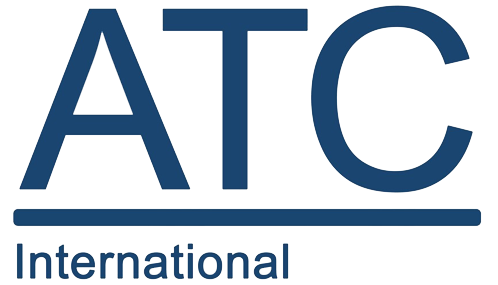Stack Air Emission Assessment
Stack Air Emission Assessment
A Stack Air Emission Assessment involves the systematic evaluation of pollutants released into the air from industrial stacks or chimneys. These assessments aim to quantify the types and amounts of emissions, providing crucial data for environmental management and regulatory compliance. Common pollutants assessed include particulate matter, sulfur dioxide, nitrogen oxides, volatile organic compounds, and other contaminants originating from industrial processes.
Benefits of Stack Air Emission Assessment
Air Quality Management: By identifying and quantifying pollutants, these assessments contribute to effective air quality management. This is essential for minimizing the impact of emissions on the environment and public health.
Regulatory Compliance: Industries are often subject to stringent environmental regulations. Stack air emission assessments help companies adhere to compliance standards, avoiding legal repercussions and promoting responsible industrial practices.
Public Health Protection: Monitoring and controlling emissions contribute to reducing health risks associated with air pollution. This is particularly important for communities residing in proximity to industrial facilities.
. Environmental Preservation: Understanding the ecological impact of emissions allows for the development of strategies to minimize harm to ecosystems, prevent acid rain, and mitigate soil and vegetation damage.
. Conducting assessments: ATC INTL conducts thorough audits to assess industrial facilities’ compliance with established emission standards. This involves on-site inspections, data collection, and continuous monitoring to verify adherence to regulatory requirements.
Promoting Best Practices: ATC INTL actively advocates for and promotes best practices in emission reduction. This includes encouraging the adoption of advanced technologies, cleaner production processes, and sustainable practices that minimize environmental impact.
Continuous Improvement: ATC INTL encourages industries to embrace continuous improvement in emission reduction. This involves staying updated on technological advancements and incorporating innovative solutions that further minimize environmental impact.
In summary, Stack Air Emission Assessment is a critical tool for environmental protection and regulatory compliance. Certification Bodies, through their involvement, contribute to the establishment of stringent standards, conduct audits, provide reports, promote best practices, engage in educational initiatives, and encourage continuous improvement. By actively participating in these efforts, Certification Bodies play a crucial role in fostering a sustainable future where industrial activities coexist harmoniously with environmental preservation and public health.





